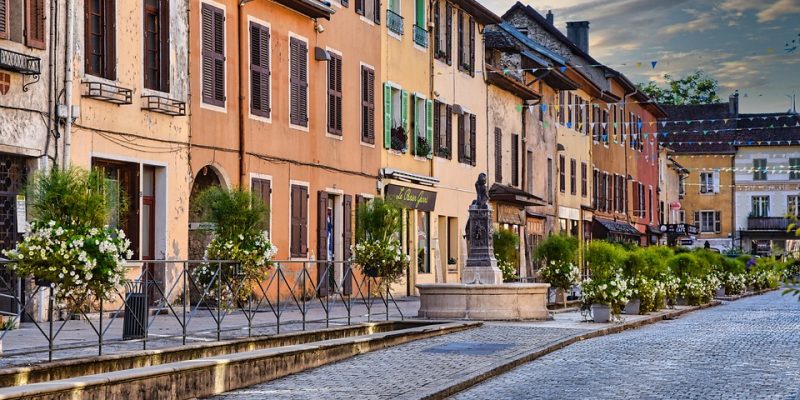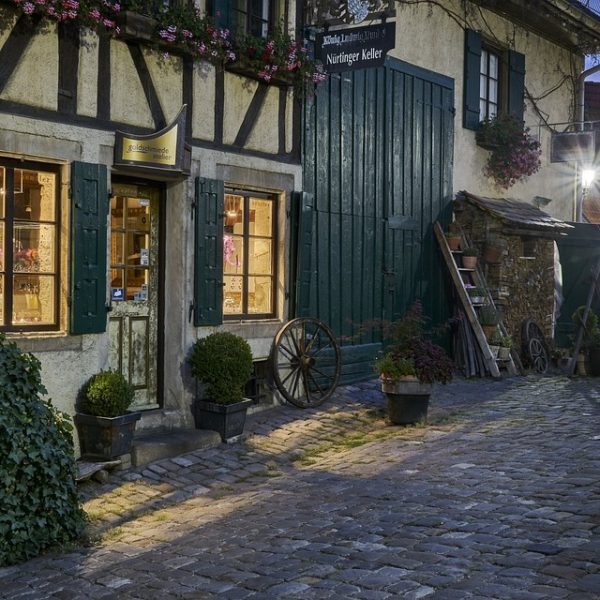
Uncovering the Fascinating History of Cobblestone Streets
The history of cobblestone streets is a fascinating journey that spans centuries. These streets have a captivating narrative, evolving from their origins as a strategy to enhance road durability to their contemporary representation of charm and nostalgia.
The earliest evidence of cobblestone streets dates back to ancient Rome, where they were employed to enhance the resilience and navigability of roads. Romans utilized various materials such as stones, gravel, and even fragments of broken pottery to construct these thoroughfares. An intricate pattern, often in a herringbone or basket weave configuration, was used to ensure stability and reduce susceptibility to damage from the considerable traffic during that era.
The concept of cobblestone streets gradually disseminated across Europe, finding application in numerous cities and towns. During the Middle Ages, they were utilized to demarcate urban boundaries and create pathways for travelers. In some instances, cobblestone streets were instrumental in fortifying the perimeters of cities, serving as defensive walls.
In the United States, cobblestone streets made their debut in the early 1800s. At that time, they symbolized affluence and sophistication, frequently adorning the streets of opulent neighborhoods. With the onset of the Industrial Revolution, cobblestone streets became indispensable in establishing roads capable of withstanding the burgeoning vehicular traffic.
The late 1800s and early 1900s saw a wane in the popularity of cobblestone streets. This decline can be attributed to the advent of asphalt and concrete, which presented cost-effective and convenient alternatives to cobblestone. Consequently, numerous cobblestone streets were either covered with asphalt and concrete or entirely replaced by these materials.
While cobblestone streets still grace the landscapes of certain cities and towns today, they primarily serve as emblems of nostalgia and quaint allure. Many locales have opted to preserve their cobblestone streets, recognizing them as valuable tourist attractions. In specific neighborhoods, these streets contribute to cultivating a distinct ambiance, offering a unique and evocative experience for residents and visitors alike.
The saga of cobblestone streets is one characterized by a rich and enduring legacy. Despite originating as a means to fortify roads, they have transcended their functional utility to embody a cherished symbol of historical charm and allure. From ancient Rome to contemporary urban landscapes, cobblestone streets have left an indelible mark, continuing to captivate with their timeless appeal and captivating narrative.
















